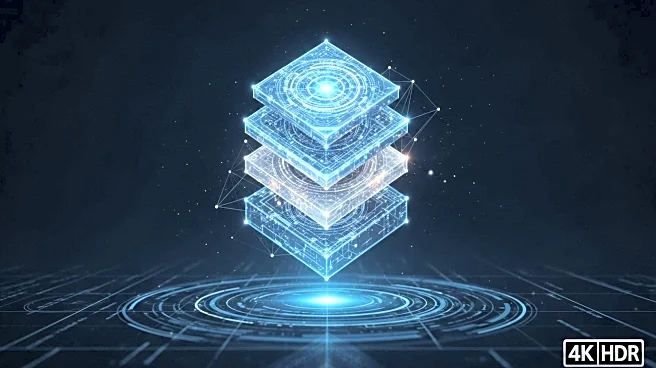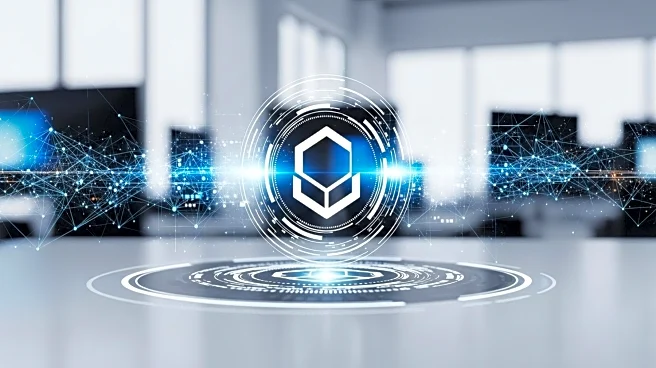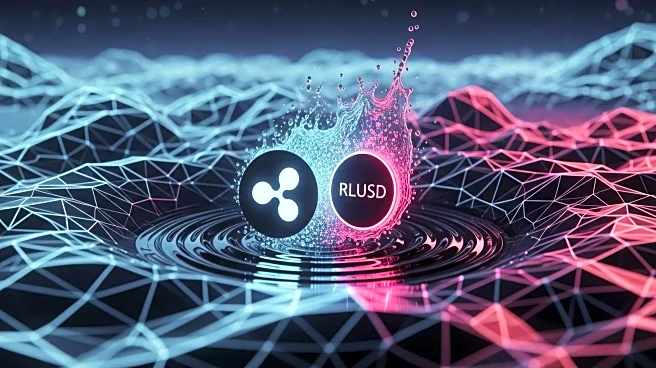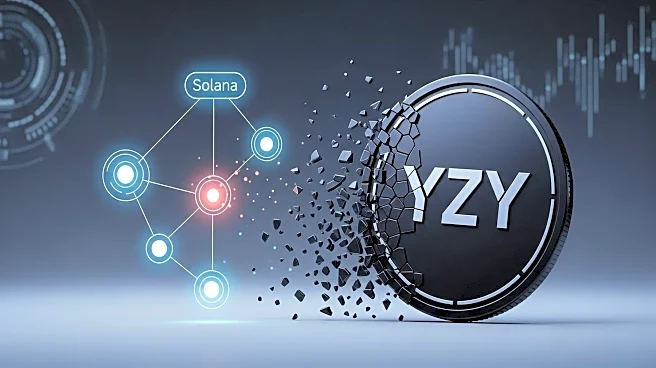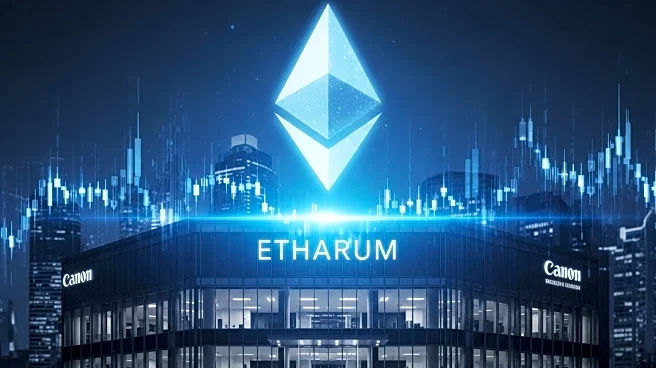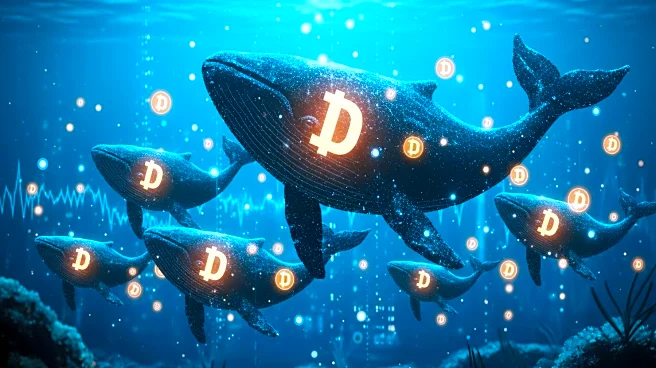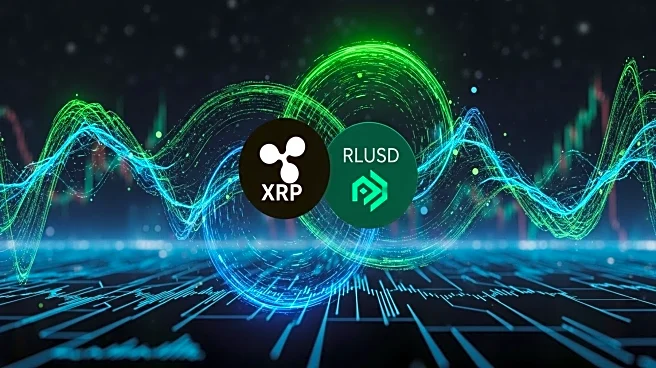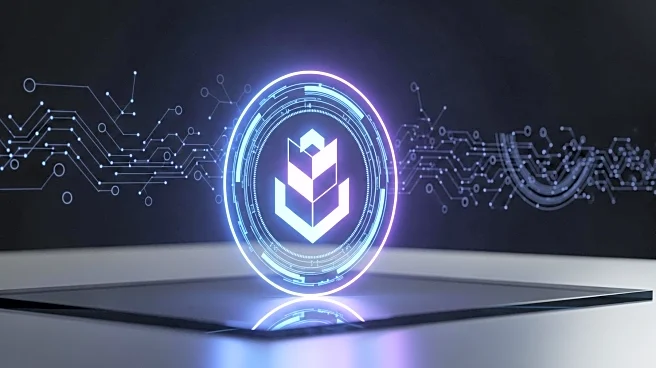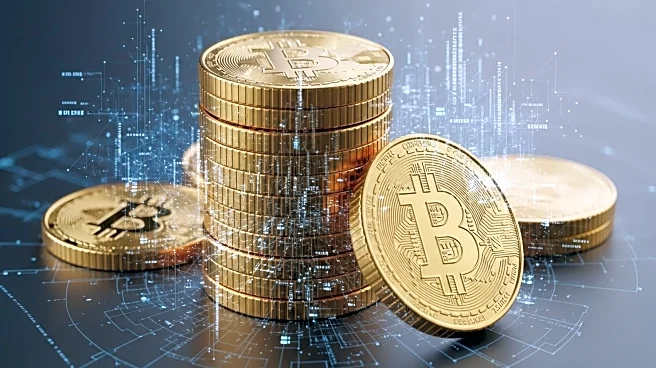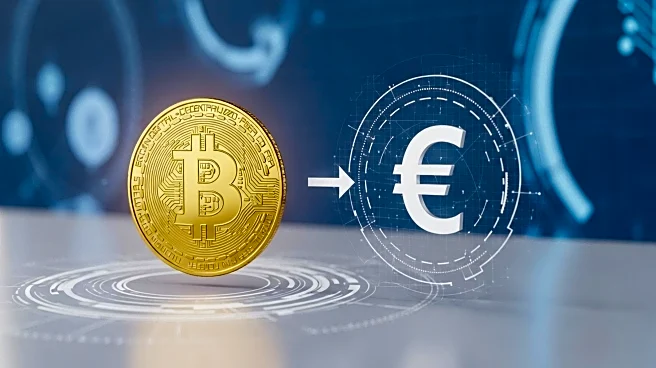What's Happening?
The Layer 1 blockchain landscape in 2025 is characterized by intense competition, with scalability, governance, and use-case adoption as key differentiators. Ethereum, Solana, and other protocols are vying for dominance by enhancing their technical and economic strengths. Ethereum's transition to Ethereum 2.0 has improved its throughput, while Solana's Proof of History consensus offers high-frequency application support. Governance models are evolving, with innovative approaches like Berachain's Proof of Liquidity gaining attention. Real-world use cases, such as DeFi and tokenization of real-world assets, validate blockchain utility.
Why It's Important?
The competition among Layer 1 blockchains is crucial for the future of decentralized finance and real-world asset tokenization. Scalability and governance are essential for attracting institutional and retail investors, with protocols needing to balance performance, decentralization, and security. The success of these blockchains will depend on their ability to integrate real-world use cases and create network effects that amplify their value. As the blockchain space matures, the most defensible protocols will be those that can scale sustainably while maintaining adaptability and security.
Beyond the Headlines
Network effects play a significant role in amplifying the value of leading Layer 1 blockchains. Solana's fee-burning mechanism creates a deflationary flywheel, while Ethereum's ecosystem depth ensures a self-reinforcing environment. The investment thesis for Layer 1 blockchains involves balancing technical innovation with robust governance and real-world adoption, making them attractive for risk-tolerant investors.
